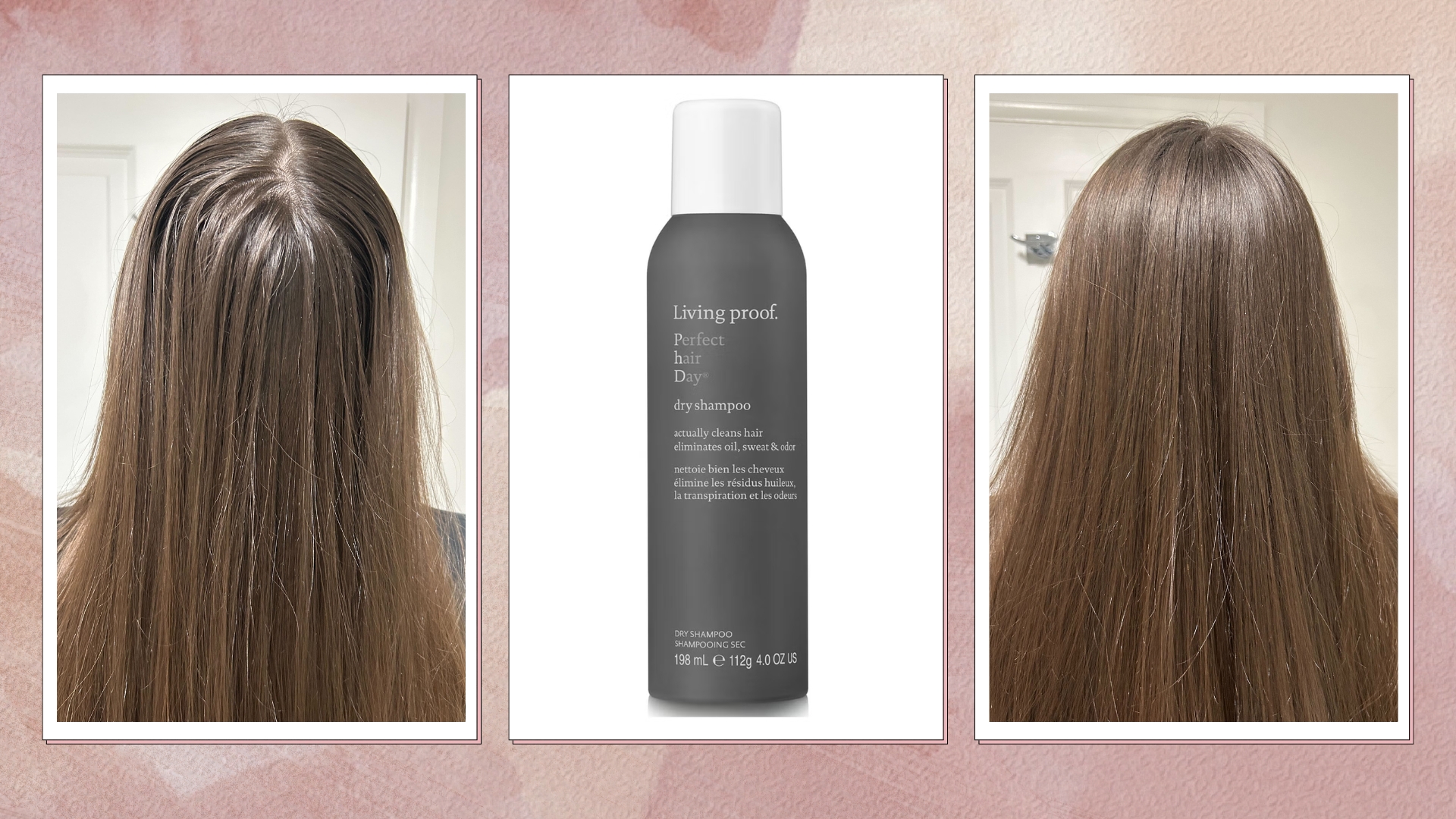Dry shampoo is a hair care product marketed to reduce visible oil, grease, and grime in your hair. Unlike traditional wet shampoos and conditioners, dry shampoo is designed to be used on dry hair — hence the name.
Dry shampoo does not require rinsing and is usually applied to the crown and other spots where oil and shine tend to accumulate.
Many people rely on dry shampoo to refresh hair after an intense workout or to prolong the life of a salon blowout.
This article explores the science behind dry shampoo, highlights some well-known options, and compares dry shampoo use to washing your hair with water and regular shampoo.
How it works
Your scalp is populated with hair follicles. These follicles not only produce hairs but also secrete sebum, the natural oil that protects your scalp and contributes to hair texture.
Sebum plays a useful role by moisturizing your hair and safeguarding the skin beneath it. However, when you sweat, spend time outdoors, or go about daily activities, oil and sweat from your scalp accumulate in your hair.
While some oil on your head is normal, excess buildup makes hair look greasy.
Washing, blow-drying, and styling daily can be time-consuming and may not be ideal for hair health. That’s where dry shampoo comes into play.
Dry shampoo relies on alcohols or starch-based active ingredients to absorb oils and sweat from the hair. Removing these oils helps hair appear cleaner. Many dry shampoos also contain fragrances to leave hair smelling fresh between washes.

Is it effective?
Depending on your hair type, dry shampoo can reduce the oily look of your hair. But don’t be misled by the word “shampoo”: this product isn’t meant to cleanse your hair.
Dry shampoos mask dirt and grease on the scalp; they are not substitutes for washing. Overuse of dry shampoo can cause an itchy, irritated, or overly dry scalp.
Greasy hair
Dry shampoo is particularly useful for hair that tends to become oily quickly. If a short workout or a humid commute leaves your hair looking shiny, dry shampoo can provide a fast touch-up.
Even when hair gets greasy rapidly, regular washing is still necessary to cleanse the scalp and avoid clogged pores.
Natural hair
If your hair is naturally drier or more textured, you may want a dry shampoo formulated specifically for your hair type.
Note that on dark brown or black hair, some dry shampoos may look powdery after application. Choosing a product made for darker tones can help prevent visible residue.
Curly hair
Dry shampoo can refresh curly hair, but you might need to alter how you apply it.
Avoid brushing or combing curly hair after it’s dry and you’ve applied dry shampoo, or your curls may appear frizzy and parched instead of bouncy and refreshed.
How to use it
Your method for applying dry shampoo will depend on your:
- hair type
- texture
- length
- hair’s oiliness
Begin with dry hair and remove any pins, elastics, or clips. Below is a basic routine you can tweak as needed:
- Hold the dry shampoo can about 6 inches from the crown of your head.
- Spray a modest amount into your roots. Don’t forget the nape of your neck, the area above your ears, and the back of your head.
- Work the dry shampoo into your scalp with your fingertips.
- If desired, use a blast of cool air from a blow dryer to add volume and natural bounce as the product dries on your scalp.
Drawbacks
There are few downsides to dry shampoo when it’s used sparingly. If you use it once or twice weekly to freshen hair after exercise or extend a blowout, you’re unlikely to face problems.
However, there are limits. Applying dry shampoo for more than two consecutive days can start to irritate and dry out the scalp. It can also clog scalp pores, potentially causing painful pimples or a rash.
Experts disagree about using hot styling tools on hair that has dry shampoo residue.
Some people find a little dry shampoo makes hair easier to manage before using a curling iron or straightener. But dry shampoo can dehydrate hair, increasing its susceptibility to heat damage.
Best dry shampoos
You can identify a quality dry shampoo by examining its ingredients. Powder-based (rather than alcohol-based) dry shampoos may be gentler on your hair over time.
If you’re concerned about environmental impact, consider dry shampoos that come in paste form instead of aerosol sprays. Here are some widely recommended products to explore:
- Batiste Hint of Color Dry Shampoo (for dark hair, try Batiste Dry Shampoo Divine Dark)
- Klorane Dry Shampoo Powder with Oat Milk
- Drybar Detox Dry Shampoo
- R+Co Death Valley Dry Shampoo
Shop for other dry shampoo products online.
How often should you wash your hair?
There’s no single answer for how frequently you should wash your hair with water and conventional shampoo. Your routine will depend on your lifestyle and hair characteristics.
The American Academy of Dermatology suggests those with oily hair may need to wash daily, while people with drier hair can probably manage washing about three times per week.
When you shampoo, focus the product on the roots rather than lathering the entire length to avoid drying out the hair.
The bottom line
Dry shampoo helps most people by soaking up oils and concealing dirt or grease between washes. Despite its name, it does not replace actual washing with water and shampoo.
Wash your hair as often as needed for cleanliness and scalp health, and avoid leaving dry shampoo on your scalp for more than two days consecutively.


















Leave a Reply
You must be logged in to post a comment.